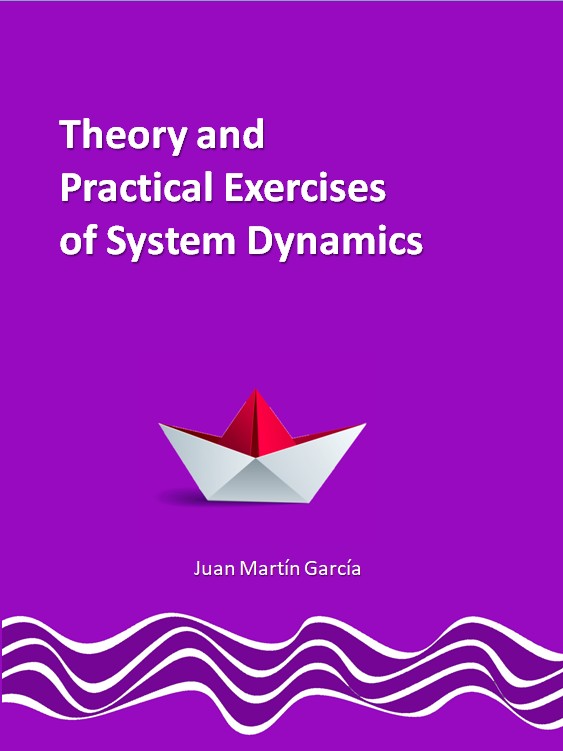Content
Paper 1. Evaluating Electric Vehicle Diffusion
The present paper proposes a model carried out through the System Dynamics methodology for evaluating environmental, social, and economic impacts exerted by the diffusion of electric vehicles (EVs), which is a phenomenon that can significantly affect the achievement of some of the objectives set by the Sustainable Development Agenda.
Paper 2. Modeling and Simulating Traffic Jams
This paper models the problem of traffic in the city of Pune (India), identifying the causal relationships between various factors as mentioned above. It analyzes the positive and negative effects of various socio-economic factors on one hand and measures taken by the government to reduce traffic problems on the other.
Paper 3. Road Infrastructure Investment
A system dynamics model is proposed in this paper to analyze the dynamic impacts of transportation infrastructure on the tourism development, where multiple tourism destinations share a common market.
Paper 4. Management of the Gravel Road Maintenance
This paper discusses a system dynamics based pavement management model. The model analyses the deterioration over time of 530 individual segments of unsealed rural road, prioritising rehabilitation treatments based on user preferences and budget constraints.
Paper 5. Critical Infrastructure Protection
This paper describes the development of a desktop simulation designed to help bridge the gap between the Critical Infrastructure Protection Decision Support System CIPDSS models & analysis and decisions makers. To illustrate the utility of this approach, an application focused on controlling Pandemic Influenza, has been implemented.
Paper 6. Modeling Waste from Home Devices
This article presents the design, implementation and testing of a model aimed to evaluate the possibility of remanufacturing the waste originated from household equipment. In the case developed for the article the waste of printers (inkjet and laser), scanners and computers were evaluated for the development of a three dimensional printer (3D Printer).
Paper 7. Scenario Planning Workshop
The paper show a practical experience and discuss key implementation challenges of a systems approach that combines System Dynamics, Scenario Planning and Qualitative Data Analysis in tackling a complex problem, showing the difficulties encountered in designing the Scenario Planning Workshop.
Paper 8. Group Model Building
This paper do not shows a model but summarise current knowledge and understanding in the public participation literature. What participatory methods should be used in which situations and particularly how they should be applied are still insufficiently addressed questions.
Paper 9. Global Container Multimodal Transport
In the future, part of global manufacturing may change from centralized to distributed due to 3D printing. This paper evaluate this impact, it shows that the total demand of international transport would decline after the application of 3D printing. For consumer country, the return of manufacturing would increase its container business.
Paper 10. Gamification and Project Management
This work present the case study in which students were asked to elaborate a Business Model (BM) for a new product. Group Model Building (GMB) and System Dynamics (SD) were used to promote discussion about the different possible future scenarios that could appear. The results suggest that the use of problem-solving methods helps to achieve a deeper learning.
Paper 11. Business Dynamics Simulator for Business Schools
This study develop a business simulation environment to help evaluate future businesses performance using system dynamics approach for entrepreneurship. Students see the simulation of their future businesses useful to check if the business will be profitable and cash breakeven.
Paper 12. Socio-Economic Simulations of Ordinary Waste
The paper presents a model representing a Colombian urban waste issue, where a balance between social, economic and environmental conditions must be achieved, focusing on the recoverersí well-being. By knowing the anticipated results of the different scenarios, all parties involved are motivated to make changes in the present to obtain joint long-term achievements.
Paper 13. Perception and Utility
The paper analyzes the dynamics implicit in the qualitative concepts of utility and perception. The utility perceived by individuals is believed to be different from the utility experienced by that individual, and perceived information includes an information delay of the actual information to represent the discrepancy between actual information and what we represent.







